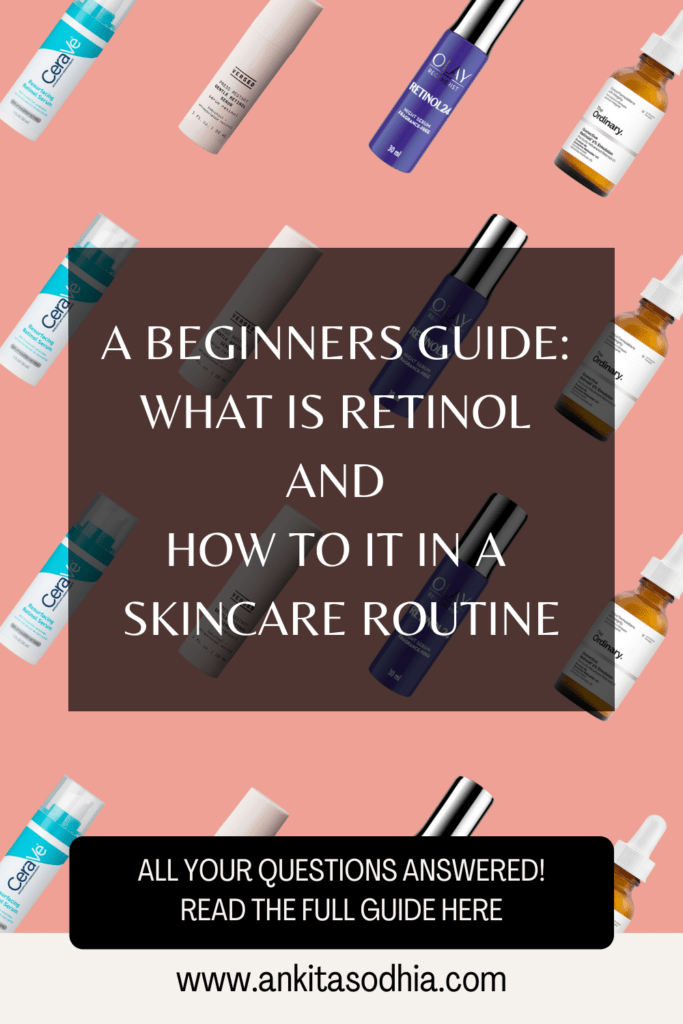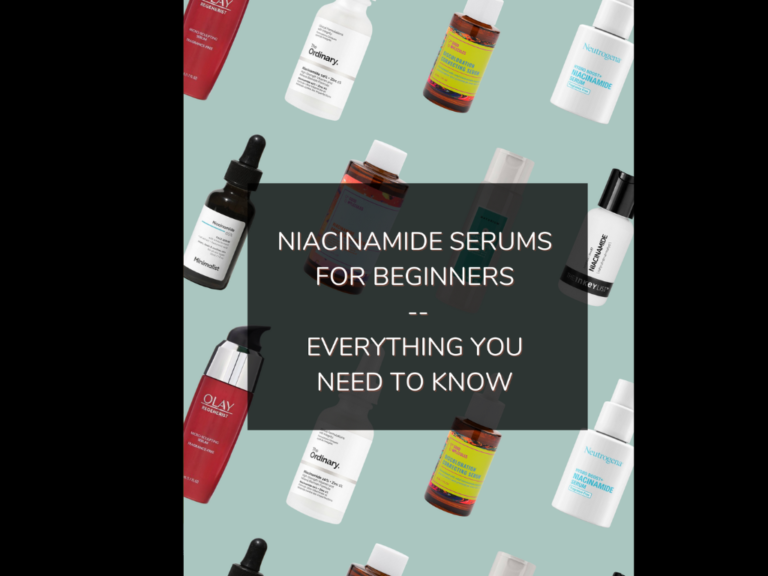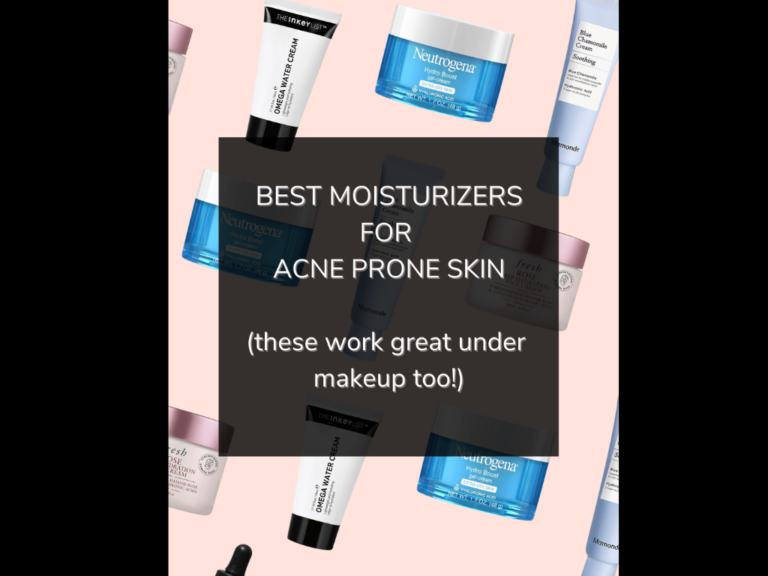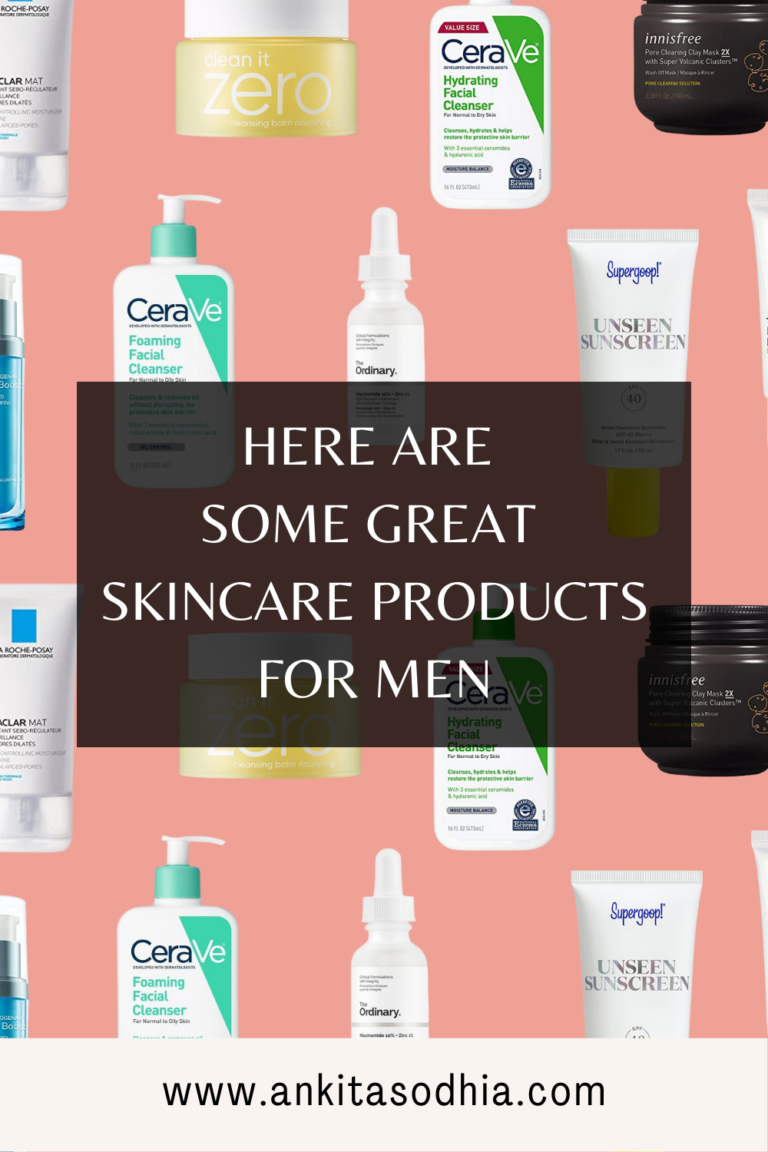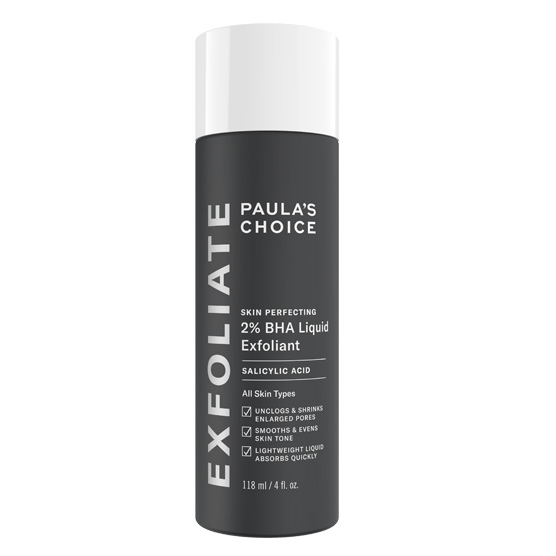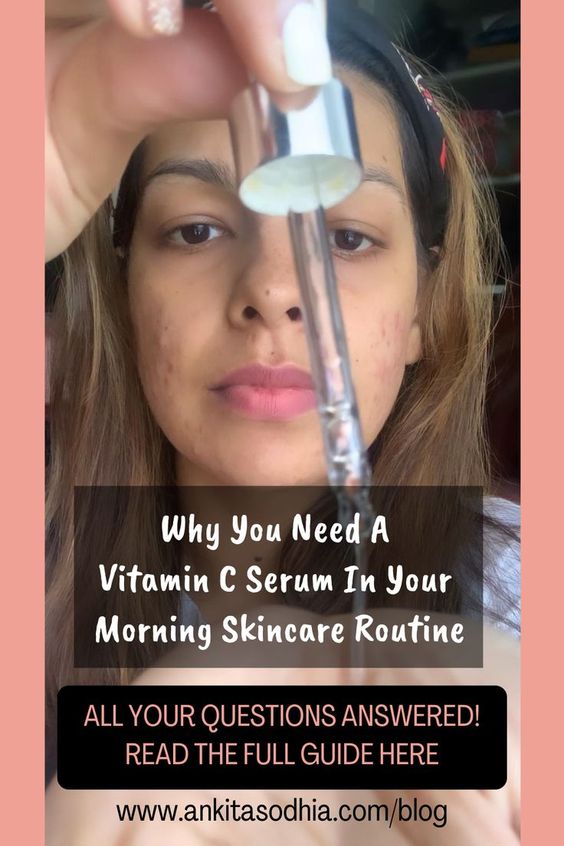A Beginners Guide: What Is Retinol and How To It In A Skincare Routine
What is retinol?
Retinol is a derivative of Vitamin A, which is known to promote skin cell production and skin cell renewal.
We’re all born with Vitamin A in our bodies, but it depletes as we age (that’s why babies have the best skin and old people have wrinkles). So, retinol is a way to replenish Vitamin A in our skin cells to slow down the signs of aging.
Please note: I am not a doctor and all the information below is for illustrative and informational purposes only. Please consult your doctor before starting any new skin care products.
Table of Contents
What’s the difference between retinol and retinoids?
Retinoids defines a class of Vitamin A derivatives for prescription strength (lots of retinoids are only available by doctors recommendation) and over-the-counter products. In general, retinoids boost skin cell turnover and collagen production. It also helps with other skin concerns like acne and texture.
So, to cut a long story short, retinol is one type of retinoid. It does not require a doctor’s prescription and is available in all kinds of beauty and retail stores.
Here are retinoids in order of potency from lowest to highest:
- Retinyl Palmitate: the gentlest form of retinoid
- Retinol esters (aka granactive retinoid): a mix of chemical esters, which is gentler on the skin than retinol, designed to provide similar benefits as retinol
- Retinol: the most popular form of retinoid for anti-aging benefits
- Prescription-grade retinoids: Adapalene, Tretinoin, Isotretinoin, Retin-A
Just to paint a picture: a prescription-grade retinoid like Tretinoin is approximately 20 times more potent vs over-the-counter retinol.
That’s why there is a huge emphasis on the strength or % and you have to pay careful attention to what you choose to use, especially as a retinol newbie.
How does it actually work and how do I know which one I should use?
If you are totally new to retinol, then do not opt for prescription-grade retinoids unless your skin issues are really that bad (and I doubt they are if you haven’t had to use any kind of retinoid).
That being said, here’s how it all works: retinoids are derived from Vitamin A and convert into retinoic acid, which is the active ingredient that our skin needs.
Retinol Esters –> Retinol –> Retinaldehyde –> Retinoic Acid
Prescription-grade retinoids such as Retin-A, Tretinoin, Adapalene etc are pure retinoic acid and need no conversion. Pure retinoic acid in this form acts directly on skin cells, so it is generally much more potent and efficient, but also potentially more irritating to the skin for first time users.
Over-the-counter retinol is not pure retinoic acid; it has to go through the conversion process shown above to become retinoic acid. Retinol is derived as a retinol ester, which then uses skin cells to convert into retinoic acid for the skin to benefit from. Due to the conversion process, the benefits of using retinol take much longer to show up on the skin. This is also why retinol is offered in lower strengths. It is much more gentle on the skin and better suited for first-time users.
How do I use retinol in a skincare routine?
Here are a few best practices for first-time retinol users:
- If you have normal skin type and no major sensitivities, then start off with a low strength somewhere between 0.1% to 0.3%.
- If you have dry or sensitive skin, then look for a product with retinol esters (granactive retinoids) or retinyl palmitate, which are gentler on the skin and deliver similar benefits to retinol.
- Take a pea-sized amount, apply it evenly all over the face and use it once a week for the first two or three weeks and see how your skin reacts. If there is no reaction, use twice a week for another two to three weeks and observe. If there is no reaction, you can use retinol every other day and stick to that routine.
- Another option to reduce the chances of side effects / reactions:
apply a moisturizer first as a protective layer for your skin and then go in with your retinol. Add more moisturizer on top if you want.
- This is important: use retinol at night only because the sun makes it unstable and can lead to skin irritation and sensitivity.
- On the days you are using retinol in your nighttime skincare routine, do not use any other active ingredients such as BHAs, AHAs, etc. In fact, I would recommend holding off on introducing any new skincare and using potent actives for the first four weeks while introducing retinol into your skincare routine, just so you can be absolutely clear on how your skin is taking to it.
- Always, always wear SPF the day after using retinol (you should be wearing SPF everyday, anyways!).
In a night-time skincare routine, here’s how and where to add in retinol:
- Double cleanse
- Toner / essence
- Serums — this is the time to use retinol (wait a minute or two to absorb into skin)
- Moisturizer
Observe your skin’s reaction and tolerance. Once your skin is no longer experiencing side effects (if any), you can move to a higher strength. People take years to build up to potencies of 2-3%. So, don’t be afraid to stick with the 0.5-1% range for the first year or two.
Related:
Tretinoin vs Retinol — Which One Is Right For You?
Why You Need A Vitamin C Serum In Your Morning Skincare Routine — And Beginner Tips To Get Started
What are the side effects?
As I mentioned before and reiterate: retinoids are potent ingredients and must be used carefully.
The side effects will vary depending on the formulation and strength of the retinoid product as well as the skin type and skin concerns of each individual. Common side effects to note, especially for beginners, are: irritation, redness, dryness, purging (especially for acne-prone skin types), and sun sensitivity. That’s why it is super important to use a hydrating and soothing moisturizer after using retinol at night and SPF during the day.
These side effects can last up to 12 weeks. Be patient. Don’t write it off after a few weeks. It’s important to understand that retinol works in skin’s deeper layers to impact cell renewal, so you may not see the benefits on the surface for a while.
And remember: to reduce the chances of side effects, you can apply a moisturiser first as a protective layer for your skin and then go in with your retinol. Add more moisturiser on top if you want.
When will I see results?
It can take anywhere from three to six months to see results — everyone’s skin reacts differently to retinol. I started with a granactive retinoid , so it took much longer — 5 months! — for the results to visibly appear on my face. I was on the verge of giving up when suddenly I saw a noticeable improvement in my skin’s tone, texture and elasticity. My acne stopped purging and started clearing up too. So, hang in there.
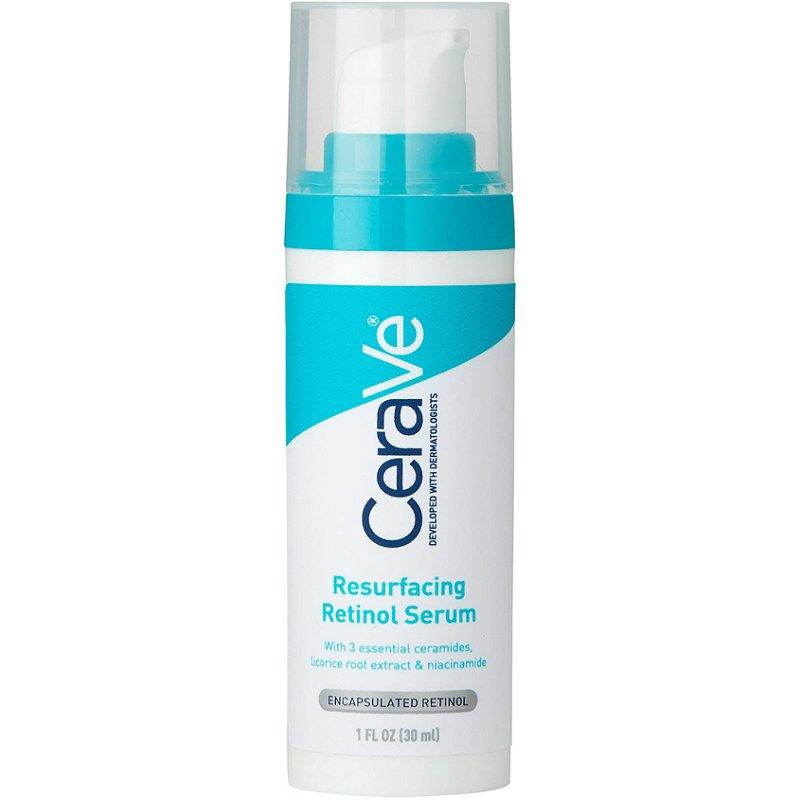
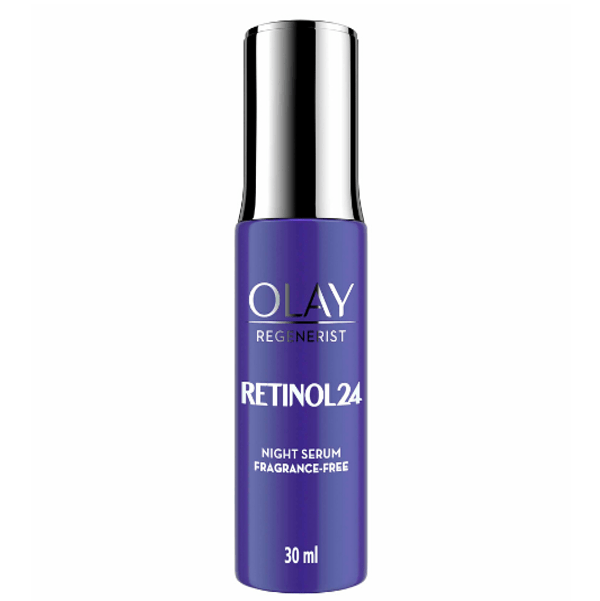
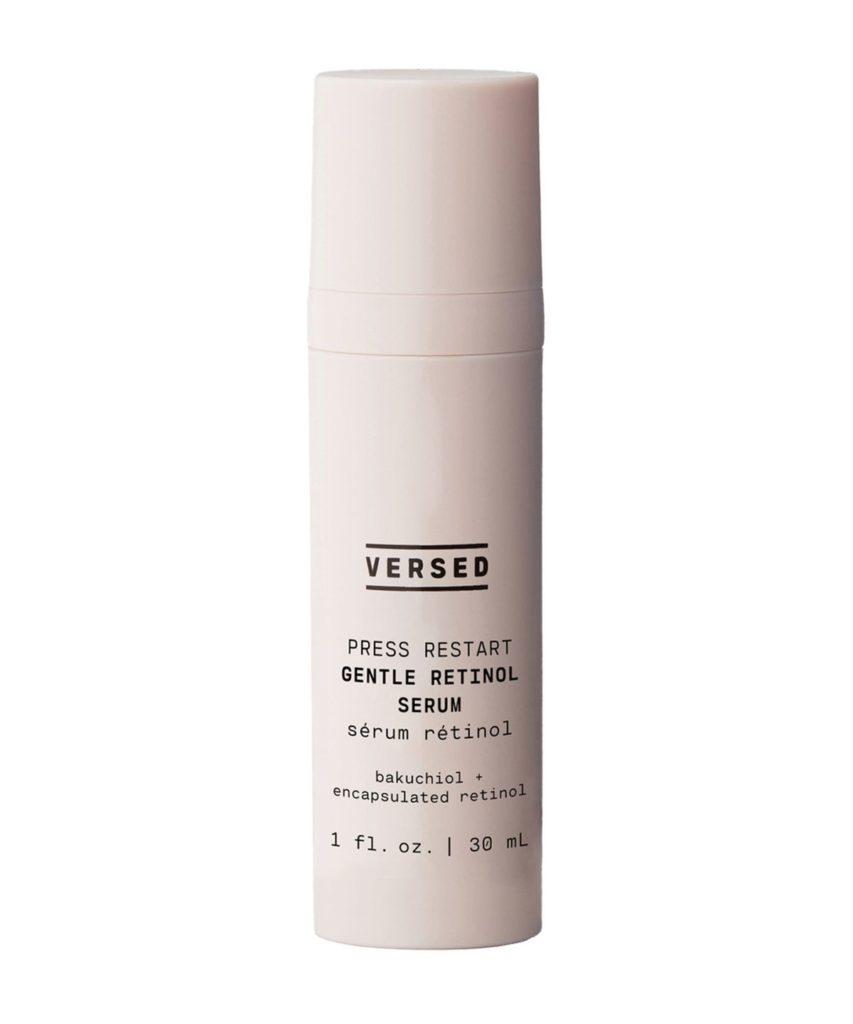
So, which one should I start with?
Here’s my advice on how to decide which retinol is right for you: figure out your skin type and sensitivities (if any) first.
If you have normal to oily skin and don’t really have any major sensitivities / trying new products doesn’t bother your skin, then go for a product with potency 0.1-0.3%. Here are a few popular affordable ones: CeraVe Resurfacing Retinol Serum, Olay Regenerist Retinol 24 Night Serum, Versed Press Restart Gentle Retinol Serum.
If you have dry/ sensitive skin, then go for a product with retinyl palmitate such as Derma-E Anti-Wrinkle Renewal Cream. Or a product with retinol esters (granactive retinoid) such as The Ordinary Granactive Retinoid 2% Emulsion or The Ordinary Granactive retinoid 2% in squalane (FYI: the 2% here is equivalent to 0.2% as compared to other retinol products).
And if you have complex skin concerns (like me) i.e acne-prone oily skin, which is also sensitive to new products, then best to be more cautious. I started my journey with a granactive retinoid product because it is gentler on the skin. Now after almost a year of using a granactive retinoid and allowing my skin lots of time to adjust, I’m ready for my first 1% retinol product. But since it is a much higher potency, I will use it only once a week.
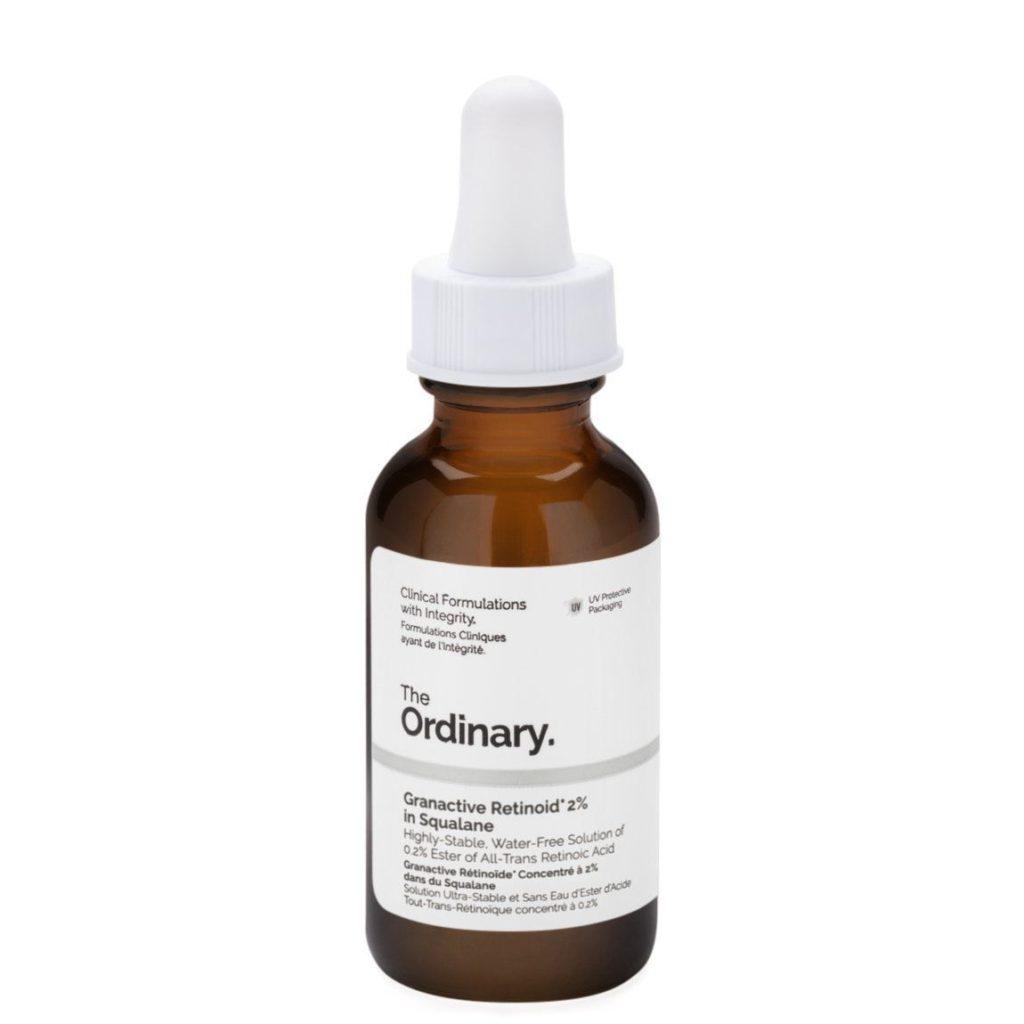
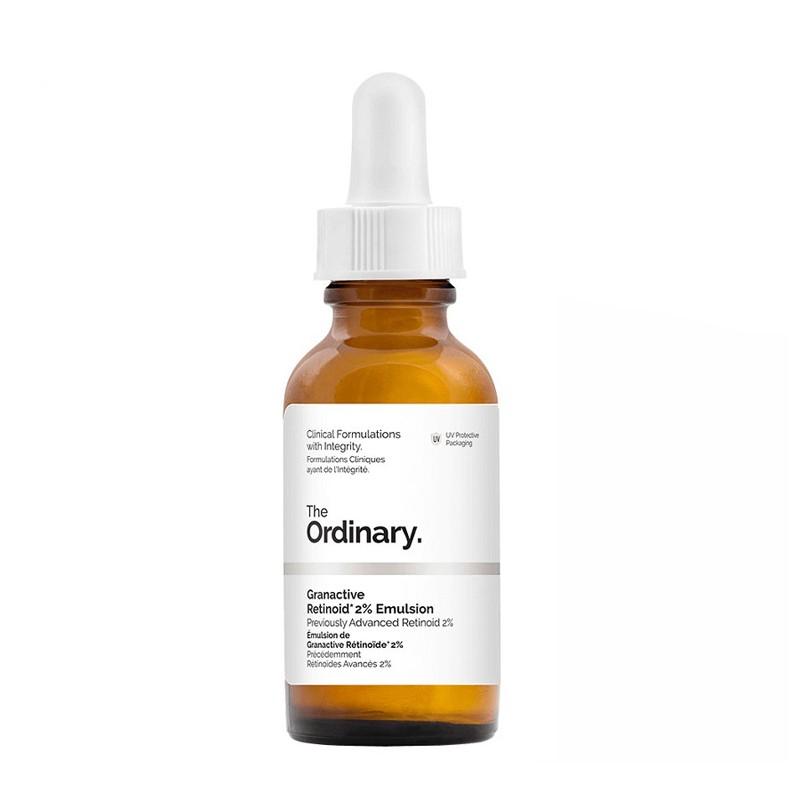
At what age should I start using retinol?
There’s no right time. But the sooner you have it figured out, the better it is for you and your skin. I’d say if you’re 25 years old or older, it’s safe to add it to your skincare routine.
Can I use it while pregnant or breastfeeding?
The short answer is no.
Please note: I am not a doctor and all the information below is for illustrative and informational purposes only. Please consult your doctor before starting any new skincare products.

